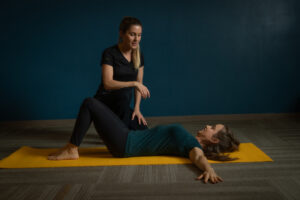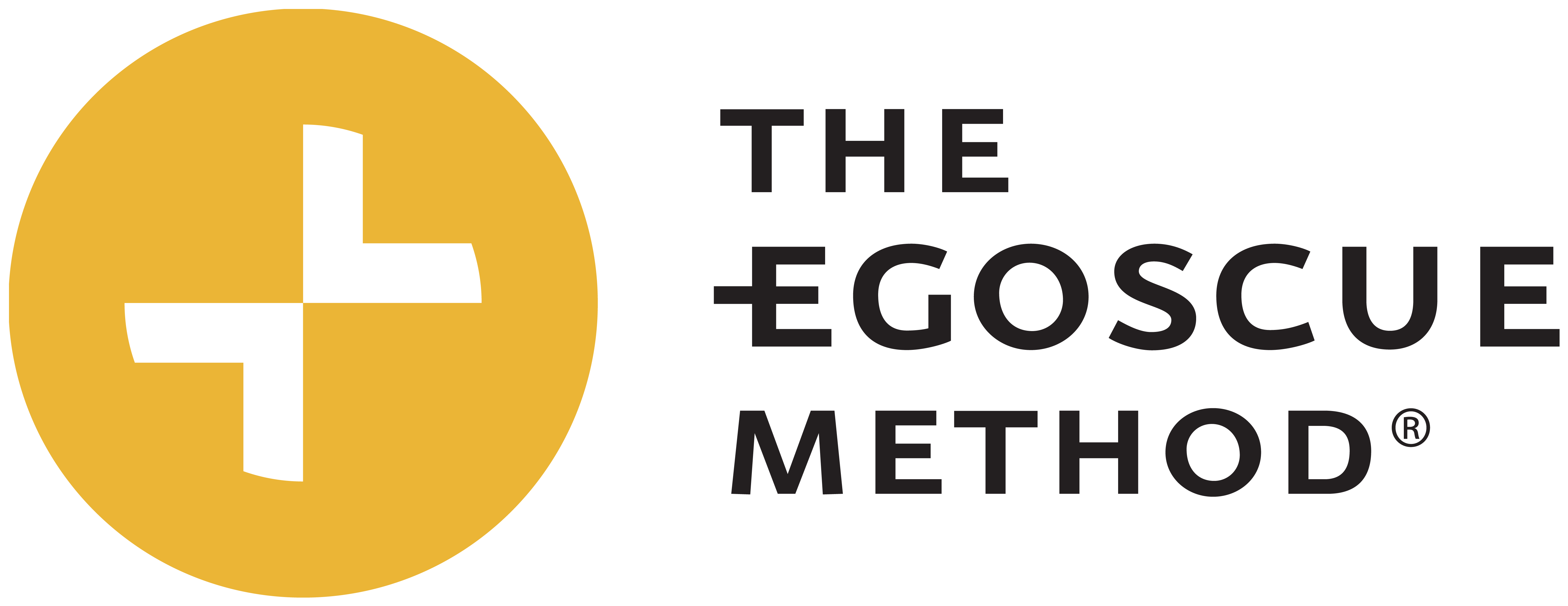The Case of the Aching Back:
On a chilly Monday morning, Melissa bent to pick up her laundry basket and felt the all-too-familiar twinge shoot across her lower back. It wasn’t the first time—it had been creeping into her life for months. Sitting at her desk was uncomfortable, workouts left her sore for days, and long car rides were out of the question.
“I just kept thinking, What did I do to my back this time?” Melissa recalls.
Like most people, she assumed the problem was in her back. Her doctor ordered X-rays, then an MRI, scanning for herniated discs, arthritis, or other red flags. But the results came back with nothing conclusive.
“When the radiologist told me everything looked normal, I was relieved—but also frustrated,” she says. “If nothing was wrong, why was I still in pain?”
A cortisone injection was the next step. It dulled the ache for a few weeks, but the relief didn’t last. Melissa started turning down pickleball games with friends, avoiding hikes with her sister, and skipping family gatherings where there might be folding chairs or long periods of standing.
“It wasn’t that I was in pain every second,” she explains, “but I was living in constant fear of what might set it off.”
Pain Is Often a Messenger, Not the Mastermind
At Egoscue, we see this story play out again and again. The scans, the shots, the stretching—none of it provides lasting relief because the lower back is rarely the true culprit. More often, the real issue lies in imbalances elsewhere in the body. These imbalances can show up in many ways, and the back simply ends up paying the price.
The Expanding Suspect List
Think of it like a detective case: the scene of the pain is in the lower back, but the real suspects are hiding above and below. For example, tight hips or shoulders can create extra strain in the back, but the plot is often more complicated—those areas usually have “accomplices” higher and lower in the body that reinforce the problematic imbalances in the hip and shoulders.
Every time the hips or shoulders are limited—whether by their own stiffness or by restrictions in other parts of the body—the lower back ends up doing double duty. Over time, this constant extra work builds into chronic tension, fatigue, and pain.
Here are some of the more common suspects:
- Tight Hamstrings – Sitting for hours shortens the hamstrings, pulling on the pelvis and making it harder for the hips to move freely. This stiffness forces the lower back to bend more than it should during everyday tasks.
- Weak or Inactive Glutes – Glutes are the powerhouse for walking, climbing stairs, and stabilizing the pelvis. When they’re switched off from too much sitting, the hips lose stability and the lower back is left carrying added responsibility during movement.
- Restricted Thoracic Spine (Mid-Back) – A stiff mid-back makes it harder for the shoulders to rotate and extend overhead. That limitation shifts movement down the chain, increasing stress on the lower back during reaching, lifting, and twisting.
- Tight Chest Muscles (Pecs) – Hours hunched over a keyboard or phone shorten the chest muscles, pulling the shoulders forward and robbing them of full range of motion. This “closed” posture changes spinal alignment and adds load to the lumbar region.
- Ankles with Limited Mobility – Believe it or not, restricted ankles affect everything above them. If your ankles can’t flex and absorb force when you walk or squat, the knees and hips compensate, altering pelvic position and ultimately increasing tension in the back.
The site of the pain is often not the source of the pain.
Why the Lower Back Becomes the Victim
When Melissa learned that her back wasn’t the true culprit, the next step was identifying all the other parts of her body that were contributing to the pain. The problem wasn’t isolated—it was a chain reaction. Every tight muscle or weak joint above and below the lower back was forcing it to overcompensate, making her spine the unwilling “fall guy.”
Melissa remembers when she first heard this explanation:
“It was like someone finally connected the dots. My back wasn’t broken—it was just overworked because other parts of my body weren’t pulling their weight.”
Cracking the Case
 The Egoscue Method solves this mystery by looking at the whole body, not just the site of the pain. Our posture-first approach restores mobility to the hips, frees up the shoulders, and realigns the pelvis and spine so movement and forces are shared evenly. The exercises are gentle, precise, and designed to retrain your body to move the way it was intended—not just to stretch what’s tight or strengthen what’s weak.
The Egoscue Method solves this mystery by looking at the whole body, not just the site of the pain. Our posture-first approach restores mobility to the hips, frees up the shoulders, and realigns the pelvis and spine so movement and forces are shared evenly. The exercises are gentle, precise, and designed to retrain your body to move the way it was intended—not just to stretch what’s tight or strengthen what’s weak.
For Melissa, the turning point came when she stopped trying to “fix her back” and started correcting her posture from the ground up.
“I was shocked that something so simple could make such a difference. It wasn’t about chasing the pain anymore—it was about giving my whole body a chance to work together again.”
“For the first time in years, I realized I could take charge of my health. I’m not just reacting to pain—I’m actively shaping my body’s future. That freedom to move without fear has changed everything.”
Find the Real Suspects, Fix the Imbalance, and Close the Case on Back Pain
You don’t have to keep chasing scans and shots for temporary relief. You don’t have to keep saying “no” to the activities you love. By uncovering and correcting the true sources of imbalance—often far from where the pain shows up—you can restore natural movement and reduce unnecessary stress and strain on your body.
And the good news is that lasting relief doesn’t require complicated or invasive treatments. With simple, targeted exercises, you can:
- Restore cooperative balance between muscles, joints, bones, and supporting tissues
- Minimize wear and tear by reducing unnecessary over-stress
- Maximize function by helping the body work as a coordinated system
These exercises are designed to bring the body back into its natural alignment so every part of your body – muscles, bones, joints, and supporting tissues – can work together as they were designed to do.
When your body is aligned and balanced, movement feels more natural and fluid, strain is distributed evenly instead of concentrated in one area, pain is reduced or eliminated, and you can return to the activities you love with confidence. By addressing the root causes of imbalance and restoring whole-body cooperation, you can stop managing symptoms and finally close the case on your back pain.


 Ankle Pain
Ankle Pain Elbow Pain
Elbow Pain Foot Pain
Foot Pain Hip Pain
Hip Pain Knee Pain
Knee Pain Lower Back Pain
Lower Back Pain Neck Pain
Neck Pain Shoulder Pain
Shoulder Pain Upper Back Pain
Upper Back Pain Hand Pain
Hand Pain Wrist Pain
Wrist Pain